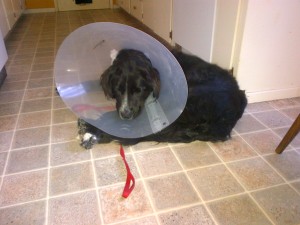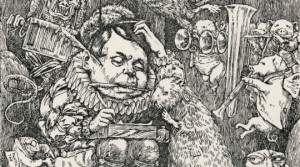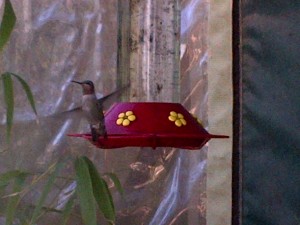I know. This is supposed to be a blog about writing, but let’s talk about this last week, shall we?
Since a year in the life of a dog equals seven in the life of a human, I suppose one dog week is equivalent to seven human ones. What’s the point? The point is that since last Saturday (a human week ago that feels like seven to me!) I’ve been drowning in dogs. Or maybe I’m becoming one.
Last Saturday, one of my two dachshunds, Taro, found a scrap of bone in the dirt in front of the house up at the farm. We were there for the weekend and enjoying fantastic weather and sharing it all with our daughter and her husband and children. The bucolic mood was abruptly shattered when Mischa, our Newfoundland/Bernese Mountain Dog puppy (17 months) wandered over to see what Taro was so happy about. Taro is at least 10 years old and has never been inclined to share. He flew at Mischa who, despite being a gentle giant, was unhappy to have this snarling, rodent-like thing snapping away at her. So, she fought back. It was only a few seconds before my son-in-law and I pulled Mischa away and stuck her in a car but that was enough for Taro to sustain some nasty tears to the scruff of his neck. We treated them with hydrogen peroxide and since they didn’t seem life threatening, anxiously tried to enjoy what was left of our country vacation.
When we got back to town, I took Taro to our vet who cleaned the wounds properly (finding an olive leaf in one of them!), installed tiny white-plastic drains and stitched everything up. Taro spent the night and I spent plenty of plastic. When I picked Taro up, he resembled nothing less than a Franken-furter. A canine “hot dog” with plastic projections sprouting from his back.
OK. Enough about Taro.
Misha had been previously diagnosed with elbow dysplasia. I didn’t know dogs had elbows, but they do, and her front, left one was painful as evidenced by her limp. Our vet had suggested we take her to the University of California at Davis where they have an excellent veterinarian school and where, upon referral, can take small or large animals for specialized treatment. Davis is a two-hour drive from Sebastopol. So, on Wednesday, Luisa and I, plus the Franken-furter (Taro); his litter-mate, Oni; and our Corgi, Smudge Pot made the drive to Davis for the long-scheduled evaluation. The result was that Mischa was a good candidate for arthroscopic elbow surgery. We all drove home Wednesday afternoon. Then, on Thursday,
 I drove Mischa back to Davis so she could receive a CT Scan and be prepped for surgery on Friday. The surgery went well and today (Saturday) I picked her up and brought her home.
I drove Mischa back to Davis so she could receive a CT Scan and be prepped for surgery on Friday. The surgery went well and today (Saturday) I picked her up and brought her home.
So now, after 12 hours of driving Miss Mischa, and vet bills that have rendered my poor credit card limp from overuse, we now find ourselves running a convalescent home for dogs. Mischa, who weighs in at almost 100 pounds, must wear something like the plastic nose cone of a rocket until her tiny incisions heal. Fortunately, she’s sufficiently drugged that she’s not causing permanent injury to the unfortunate humans who find themselves in her path.
And Taro. After getting home with Mischa, I took Taro back to our local vet who took out his tubes and declared he was healing well.
I can only hope the same holds true for that little plastic card in my wallet and my career as a writer..
 It was clear that Islam had paid attention to how I described the job I wanted done because it was reflected in his questions. Islam turned out to be a perfect choice – smart, talented, quick and knowledgeable.
It was clear that Islam had paid attention to how I described the job I wanted done because it was reflected in his questions. Islam turned out to be a perfect choice – smart, talented, quick and knowledgeable.



 restaurant. I’ll need to pop in, write what I can, and zoom off to the next thing.
restaurant. I’ll need to pop in, write what I can, and zoom off to the next thing. I drove Mischa back to Davis so she could receive a CT Scan and be prepped for surgery on Friday. The surgery went well and today (Saturday) I picked her up and brought her home.
I drove Mischa back to Davis so she could receive a CT Scan and be prepped for surgery on Friday. The surgery went well and today (Saturday) I picked her up and brought her home.